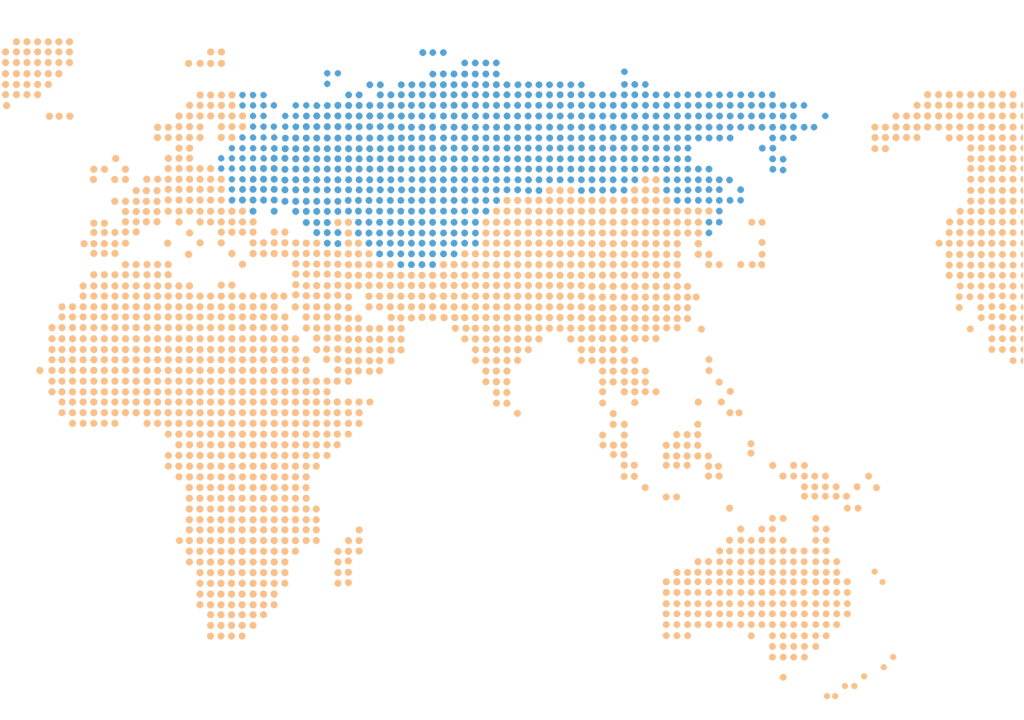Drug policy in the region

Trafficking, production and consumption of drugs
Central and Eastern European countries and Central Asian countries face prevailing problems associated with the trafficking and transit of illicit drugs from Asia and Latin America mostly to Western Europe as well as with the use of locally produced synthetic opioids and new psychoactive substances. The region is also a transit route for heroin from Afghanistan to European markets. Transnational criminal organizations operate across the region to ensure safe passage of their products through the “northern route” and the “Balkan route”. There are also reports of increasing amounts of amphetamine-type stimulants being produced in the region, with a steep rise in the detection of clandestine laboratories.
Regional drug control policy
Across the region, drug policy is primarily focused on the reduction of drug supply and demand, through law enforcement programs that aim to end illicit drug markets and stop consumption. Repressive and punitive polices are applied to people who use drugs, imposing severe criminal sanctions. Mass criminalization has further marginalized people who use drugs, preventing them from accessing health and social services. Drug demand prevention measures receive less attention, while there are little or no effective drug treatment or harm reduction services available. This imbalance between repression and care is reflected in the region’s legislation, and has led to a range of negative consequences: growing HIV, hepatitis and tuberculosis epidemics, widespread corruption in law enforcement agencies, economic waste, etc.
Harm reduction in the region
The region is home to one-quarter of all the people who inject drugs worldwide, while access to harm reduction and health services remains limited. The situation differs from country to country across the region. There are some countries with well-developed harm reduction services in communities and in prisons, including opioid agonist treatment, needle and syringe programs, overdose prevention programs, etc. Yet in some other countries, harm reduction services do not cover a sufficient number of people who use drugs, while some countries of the region still have no harm reduction services at all. In general, far more resources are devoted to prohibition and law enforcement than to prevention, treatment, harm reduction, care and support.
This is also one of only two regions in the world where HIV infections continue to increase. Approximately half of all new HIV infections in the region occur among people who inject drugs. One in seven people who inject drugs are living with HIV, and one in three are living with hepatitis C.
The criminalization of people who use drugs is the main cause for high rates of incarceration in the region. In some countries, one in ten prisoners are convicted for simple drug possession offences. Prisons remain a setting where HIV, hepatitis and tuberculosis can spread dramatically due to overcrowding and the lack of harm reduction services.